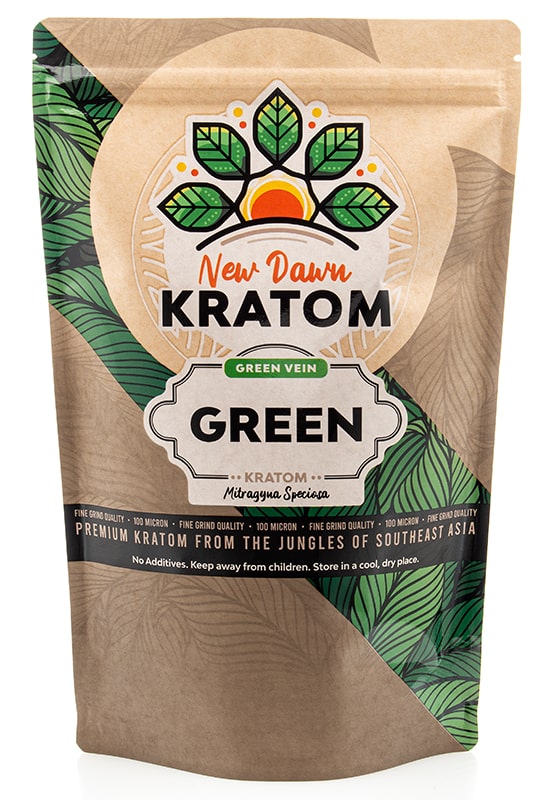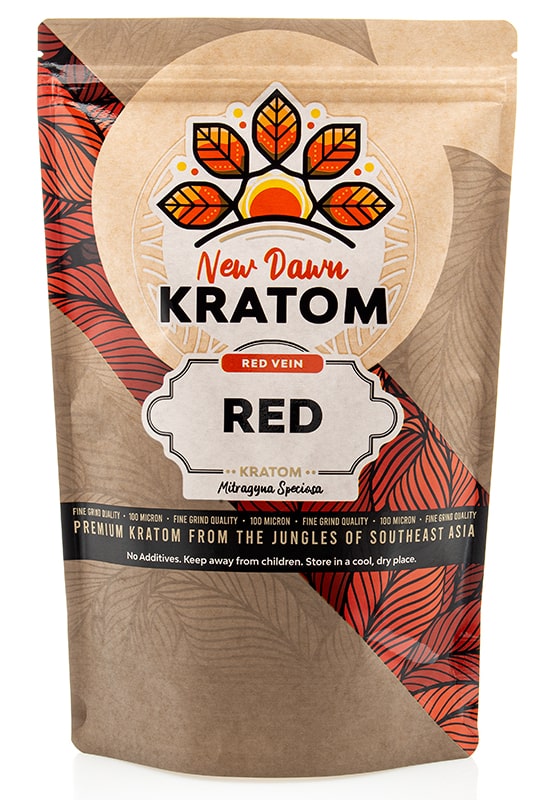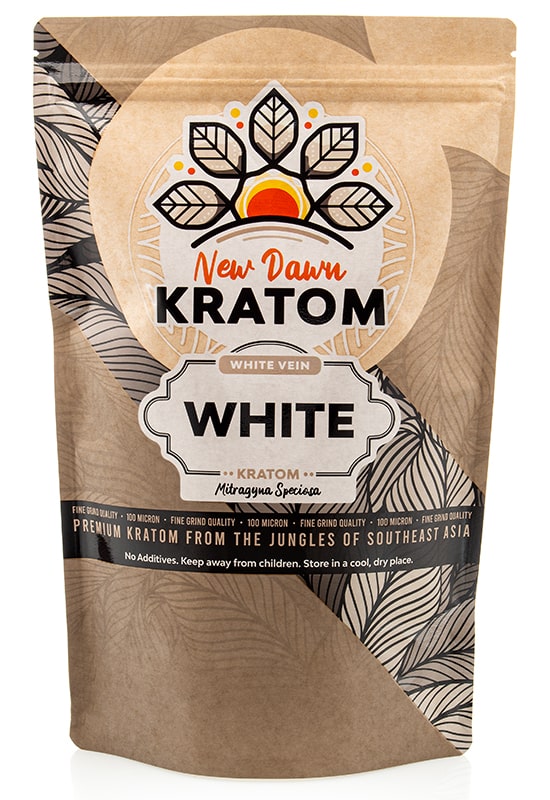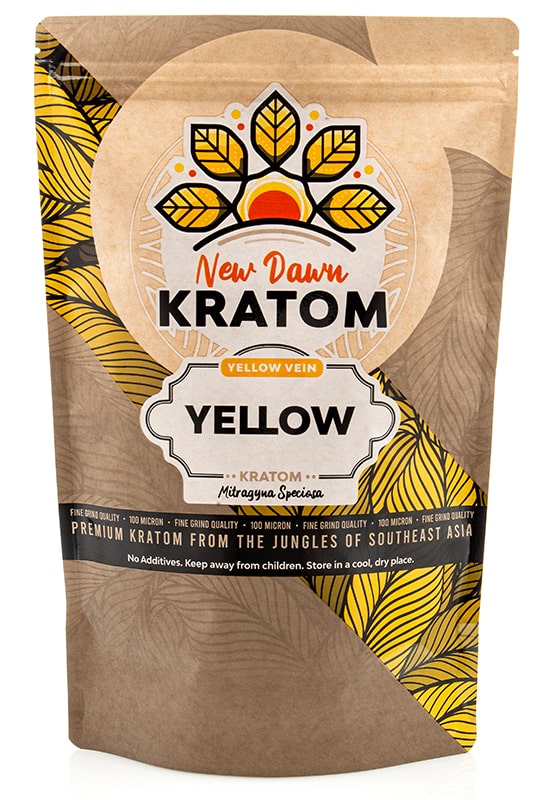In the vast landscape of self-care and wellness, the intersection of kratom and Benadryl presents a unique yet puzzling conundrum. Kratom, a tropical tree native to Southeast Asia, has long been hailed for its discomfort-relieving and mood-boosting properties, while Benadryl, a household name in allergy relief, has found its place in many a medicine cabinet.
However, the question of their combined use sparks curiosity and concern. Can these two seemingly unrelated substances safely intermingle, and if so, what could be the potential benefits or risks? Let’s delve into the science and anecdotal evidence to unravel this complex issue.

How Do Kratom and Benadryl Interact?
Kratom and Benadryl have a known interaction that can lead to significant health risks. In higher doses, both substances have similar effects on the body; they inhibit brain activity and induce drowsiness. Some studies indicate that combining kratom and Benadryl can cause individuals to pass out due to their potentiated effects on each other, a phenomenon known as agonistic interaction.
Furthermore, some people purposefully mix kratom with Benadryl to enhance the effects of the substances. However, this can be extremely dangerous and is not recommended. Several instances of fatalities have been reported where both kratom and diphenhydramine (the active ingredient in Benadryl) were found in the deceased’s system.
One critical component of this dangerous interaction is that diphenhydramine is a CYP2D6 inhibitor, an enzyme that metabolizes kratom. This means that taking Benadryl can affect the way the body processes and reacts to kratom, contributing to the potential risks of this combination. It’s crucial to remember that even though some people may intentionally combine these substances, the risks associated with their interaction are significant.
What Are the Risks of Mixing Kratom and Benadryl?
Mixing kratom and Benadryl can lead to a range of potential risks and adverse effects, including:
- Increased Drowsiness: Both kratom and Benadryl have sedative properties, especially at higher doses. When combined, these effects can be potentiated, leading to significant drowsiness and potential impairment.
- Risk of Passing Out: Case studies show that people can pass out from the combined use of kratom and Benadryl. This appears to result from an agonistic interaction, where the substances potentiate each other’s effects. The risk is particularly concerning if someone is alone when they pass out or if loss of consciousness could lead to injury, such as while driving.
- Potential for Overdose and Death: Several deaths have been associated with the combined use of kratom and Benadryl. In some cases, the deceased was found to have both kratom and diphenhydramine in their blood concentrations. The risk of overdose is significantly increased due to the interaction between these substances and their impact on the central nervous system.
- Interference With Metabolism: Benadryl contains diphenhydramine, which is a CYP2D6 inhibitor. This enzyme is responsible for metabolizing kratom in the body. Therefore, the use of Benadryl can interfere with the body’s ability to process and eliminate kratom, potentially leading to higher levels of kratom in the system and increasing the risk of adverse effects.
- Unpredictable Effects: Given that kratom and Benadryl can potentiate each other’s effects, the results of combining them can be unpredictable. This unpredictability makes it difficult to gauge the safety of this combination and increases the potential risks.
Given these risks, it is advisable to avoid mixing kratom and Benadryl. If you’ve considered combining these substances, you must consult a healthcare provider to understand the potential risks and ensure safety.

Comparison of Kratom and Benadryl
Origin
Kratom: Kratom is from the Mitragyna speciosa tree that thrives in Southeast Asia, particularly in Thailand, Indonesia, and Malaysia. The leaves of the tree have been used in traditional medicine for centuries.
Benadryl: Benadryl is a brand name for a drug known as diphenhydramine, which was first made by George Rieveschl and commercially released in the United States in 1946. One of its more popular products is the Benadryl cough syrup.
Classification
Kratom: Kratom is classified as a botanical dietary supplement in many countries, although it is not approved for medical use by the FDA in the United States. It is also considered a controlled substance in several countries due to concerns about potential abuse and dependence.
Benadryl: Benadryl is classified as an antihistamine drug and part of a group of central nervous system depressants. It is an over-the-counter drug and isn’t included in the list of prescription medications. It belongs to a class of drugs known as ethanolamines, which are known for their sedating effects.
Composition
Kratom: Kratom leaves contain several compounds, but the most active ones are mitragynine and 7-hydroxy mitragynine. These are believed to be responsible for most of the kratom’s effects.
Benadryl: Diphenhydramine is the active ingredient in Benadryl. It is an antihistamine that does its work by stopping the action of histamine, a substance that causes allergic symptoms.
Uses
Kratom: Kratom has been traditionally used for its stimulant effects and as a mood enhancer. Users often consume it for discomfort relief, to better sleep quality, and to boost energy, as it is known to produce stimulant effects. However, it is not approved for any medical use in many countries, including the United States, due to safety concerns.
Benadryl: Benadryl is primarily used to relieve symptoms of allergies, such as runny nose, itchy or watery eyes, sneezing, and itching of the nose or throat. It also works to prevent and treat motion sickness and is a nighttime sleep aid.

Side Effects
Kratom: The side effects of kratom can vary depending on the dose. At lower doses, it can cause increased energy, sociability, and alertness. When using more, it can cause sedation. Other potential side effects include nausea, itching, dry mouth, sweating, increased urination, loss of appetite, and constipation. More serious side effects can include seizures and respiratory depression.
Benadryl: Common side effects of Benadryl include dizziness, constipation, and blurred vision, to name a few. More severe side effects, although less common, can include mood changes, difficulty urinating, or irregular heartbeat. In older adults, Benadryl can potentially cause confusion, dizziness, and low blood pressure. It’s also possible to have a reaction to Benadryl, which could cause symptoms like rash, itching, or swelling (especially of the face, tongue, or throat), severe dizziness, or trouble breathing.
Why Do Kratom Users Potentiate?
Potentiation refers to the practice of combining a substance with another to enhance or prolong its effects. In the context of taking kratom, users may attempt potentiation for a few reasons:
- Enhanced Effects: The primary reason for potentiation is to amplify the desired effects of kratom. This could be its discomfort-relieving properties, mood-boosting effects, or sedative effects at higher doses.
- Longevity of Effects: Potentiating kratom with another substance can sometimes extend the duration of kratom’s effects. This can be desirable for individuals who use kratom for chronic soreness management or mood disorders.
- Reduced Tolerance: Regular kratom users may develop tolerance, requiring larger doses to achieve the same effects. Potentiating kratom may help these users achieve the desired effects without significantly increasing their kratom dose.
- Cost Efficiency: By enhancing or prolonging the effects of kratom, users might be able to use less of the herb, leading to potential savings.

Best Practices When Potentiating Kratom
Potentiating kratom can have a significant impact on its effects, and while it can enhance the desirable properties, it can also amplify the risks. If you’re considering potentiating kratom, it’s important to follow a few best practices:
Consult a Healthcare Provider
Always speak with a healthcare provider before attempting to potentiate kratom, especially if you’re on other medications. They can provide guidance on potential interactions and risks.
Start Slow
If you’re new to potentiation, start with lower doses than you think you need. It’s safer to underestimate your doses and to increase them gradually than to take too much when you’re just starting.
Monitor Your Response
Keep track of your reactions when potentiating kratom. Note any changes in side effects or effectiveness and adjust your regimen accordingly.
Research the Potentiator
Not all substances are safe to mix with kratom. Do your research and ensure the potentiator you’re considering is safe and doesn’t have any contraindications with kratom.

Frequently Asked Questions
What are the risks of mixing kratom and Benadryl?
Mixing kratom and Benadryl can result in adverse reactions, such as dizziness and drowsiness, to name a few. You must be aware of potential interactions and risks before attempting this combination.
What is Benadryl commonly used for?
Benadryl is an antihistamine commonly used to reduce the effects of allergies, colds, and other respiratory illnesses. It is also often used as a nighttime sleep aid or for motion sickness.
Conclusion
While it’s technically possible to mix kratom and Benadryl, it’s generally not recommended due to the potential for increased sedation and other side effects. Both substances can have a sedative effect, and when taken together, this effect can be amplified, potentially leading to drowsiness, dizziness, or even more serious issues. It’s always important to consult a healthcare provider before mixing substances, including over-the-counter medications and herbal supplements like kratom.





